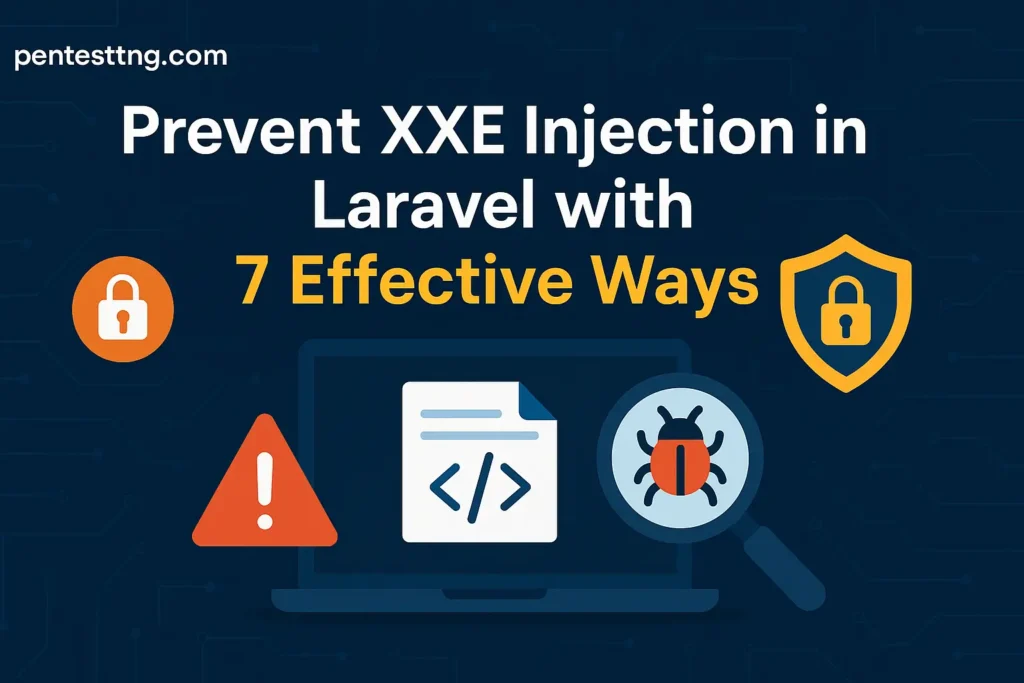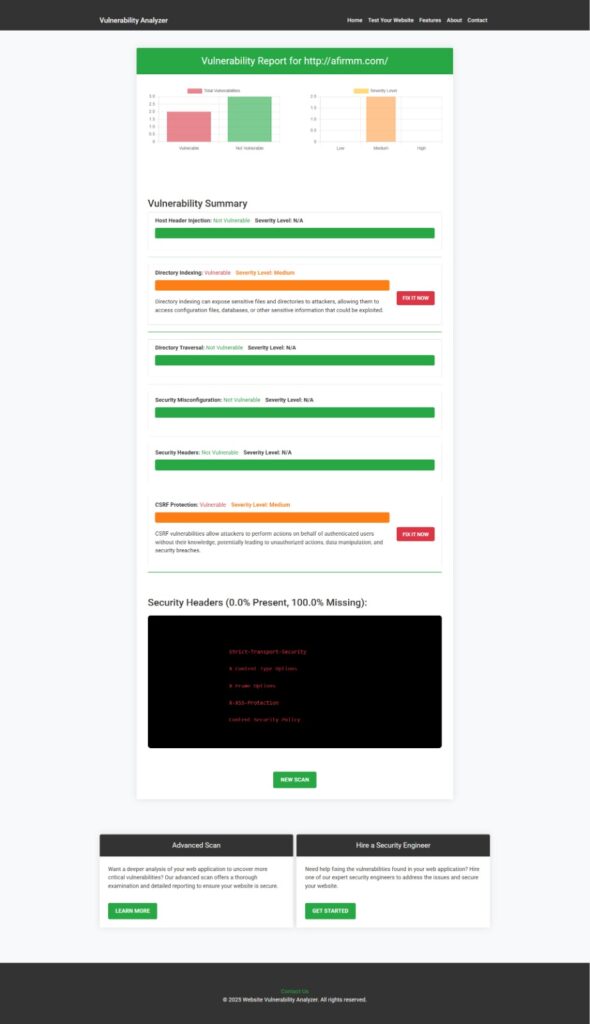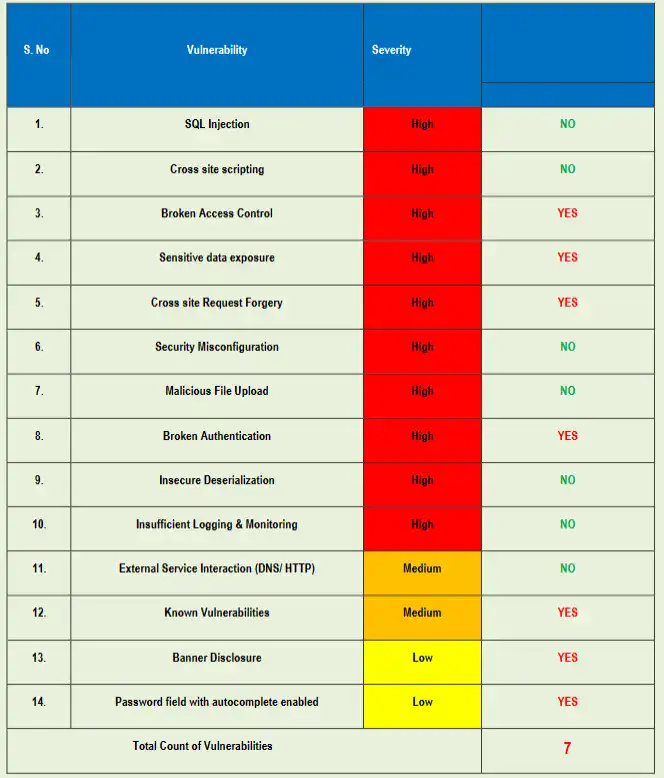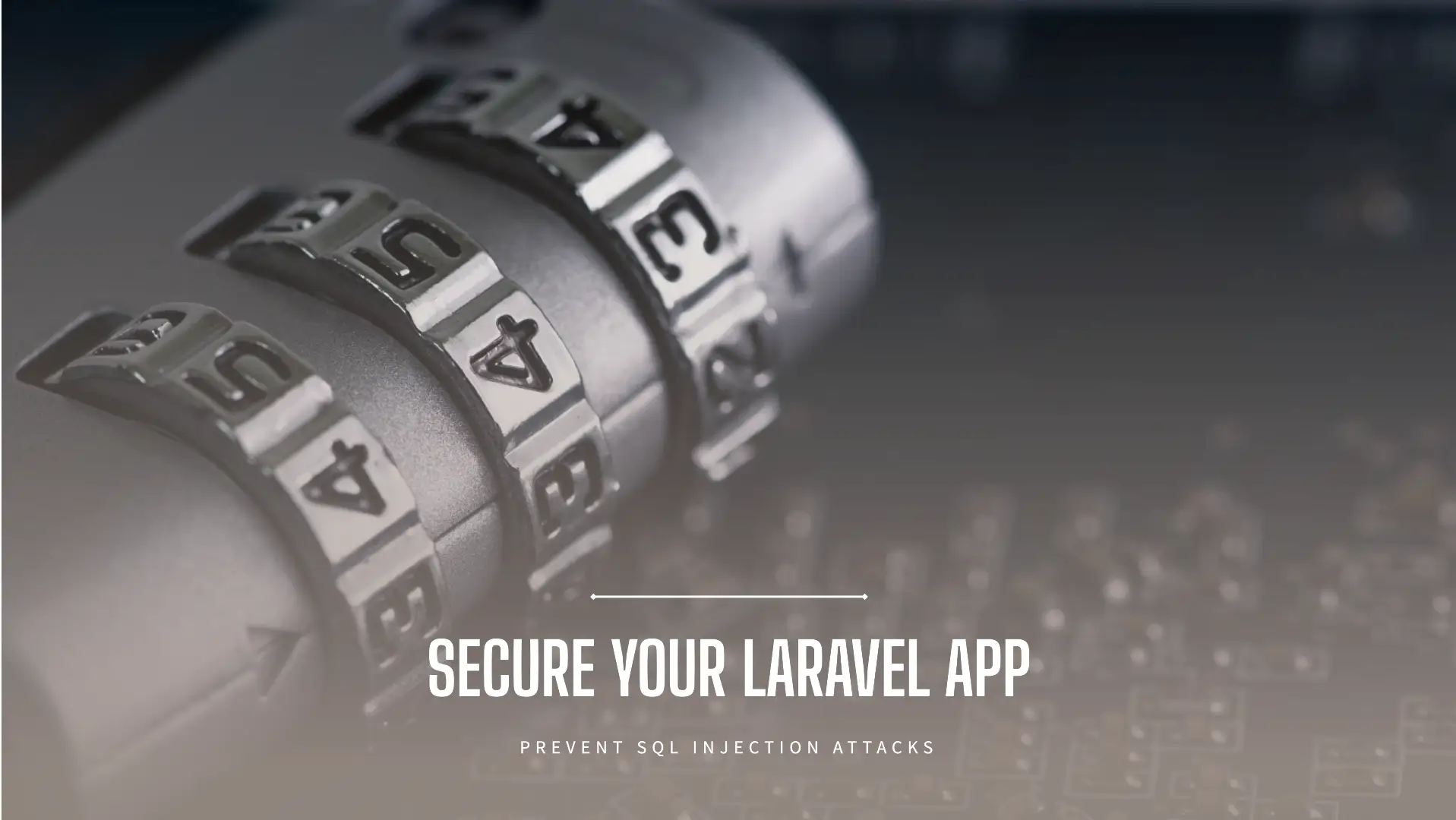XML External Entity—XXE Injection in Laravel: The Complete Security Guide
Laravel is one of the most loved PHP frameworks for building scalable web applications. However, just like any other framework, it is susceptible to certain vulnerabilities when not configured securely. One such critical vulnerability is XML External Entity (XXE) Injection.

In this blog post, we’ll thoroughly explore XXE Injection in Laravel, understand how it works, where it occurs, and most importantly—how to fix it. You’ll find detailed examples of both vulnerable and secure code, making this a hands-on security tutorial for Laravel developers.
🔍 What is XML External Entity—XXE Injection in Laravel?
XML External Entity Injection is an attack against an application that parses XML input. This vulnerability occurs when XML input containing a reference to an external entity is processed by a weakly configured XML parser.
By exploiting XXE, attackers can:
- Read local files (e.g.,
/etc/passwd) - Perform server-side request forgery (SSRF)
- Enumerate internal services
- Execute denial-of-service attacks (DoS)
- Extract confidential data from memory or disk
⚠️ Where XXE Can Arise in Laravel Applications
XXE Injection often arises from:
- Using native PHP XML libraries like
DOMDocument,SimpleXML,XMLReader - Using Laravel extensions that internally rely on XML parsers (e.g., feed importers, XML-based API consumers)
- Third-party Laravel packages that handle XML input from user sources
💣 Sample XXE Exploit Payload
Here’s a simple yet effective XXE attack payload:
<?xml version="1.0" encoding="ISO-8859-1"?>
<!DOCTYPE foo [
<!ELEMENT foo ANY >
<!ENTITY xxe SYSTEM "file:///etc/passwd">
]>
<foo>&xxe;</foo>If the parser is vulnerable, it will replace &xxe; with the content of /etc/passwd, exposing sensitive OS-level data.
❌ Vulnerable Laravel Code Example Using DOMDocument
use Illuminate\Http\Request;
Route::post('/parse-xml', function(Request $request) {
$xmlInput = $request->input('xml');
$doc = new \DOMDocument();
$doc->loadXML($xmlInput); // Dangerous
$xml = simplexml_import_dom($doc);
return response()->json($xml);
});This code allows attackers to pass malicious XML content, which is then parsed without restrictions.
✅ How to Secure XML Parsing in Laravel
🔐 Secure Parsing with DOMDocument (PHP 8+)
$doc = new DOMDocument();
libxml_use_internal_errors(true);
$doc->loadXML($xml, LIBXML_NONET); // Disables external entity loading
$xml = simplexml_import_dom($doc);🔐 Disabling DTDs Explicitly
libxml_disable_entity_loader(true); // For PHP < 8.0
$doc = new DOMDocument();
$doc->loadXML($xml, LIBXML_NOENT | LIBXML_DTDLOAD); // Avoid this in prod⚠️ In PHP 8+,
libxml_disable_entity_loader()is deprecated. UseLIBXML_NONETinstead.
🔐 Using XMLReader Securely
$reader = new XMLReader();
$reader->XML($xml, null, LIBXML_NONET); // Prevent external entities🧪 Secure Laravel Controller for XML Handling
use Illuminate\Http\Request;
Route::post('/secure-parse', function(Request $request) {
$xmlInput = $request->input('xml_data');
libxml_use_internal_errors(true);
$doc = new DOMDocument();
$doc->loadXML($xmlInput, LIBXML_NONET | LIBXML_NOENT);
$xml = simplexml_import_dom($doc);
return response()->json($xml);
});✅ Validate Input Before Parsing
if (!preg_match('/<order>/', $xmlInput)) {
return response()->json(['error' => 'Invalid XML'], 400);
}🛠️ Tools to Detect XXE in Laravel
You can use our website vulnerability scanner to check your Laravel site for XXE and other XML-related flaws.
🖼️ Tool Interface

📊 Vulnerability Report

🌍 Related Laravel & Security Resources
If you’re serious about building secure web apps, don’t stop with Laravel! We also specialize in securing modern frameworks like Deno.
Check out our specialized Web App Penetration Testing Services to ensure your Deno applications are safe from injection attacks, misconfigurations, and advanced exploits.
And don’t miss these Laravel-focused security guides:
- ✅ Prevent Directory Traversal Attack in Laravel
- 🚫 Prevent Web Cache Deception in OpenCart
- 🔐 Fix SSRF Vulnerability in Laravel Securely
- 💥 Prevent CRLF Injection in TypeScript
- 🧪 Laravel Penetration Testing Guide
- 📩 Contact Us for Website Security Help
🧠 Final Thoughts
XXE Injection is a critical vulnerability that often flies under the radar, especially in applications dealing with third-party integrations, feed parsing, or XML APIs. Laravel, by default, does not restrict XML entity resolution—making secure coding and defensive configurations absolutely necessary.
Use the provided coding examples to patch vulnerable implementations. Validate and sanitize all incoming data, and regularly run Website Security checks on your applications using tools like ours.
Need professional help securing your Laravel app? Reach out via our contact page — we’re happy to assist with assessments, patching, and secure coding practices.

